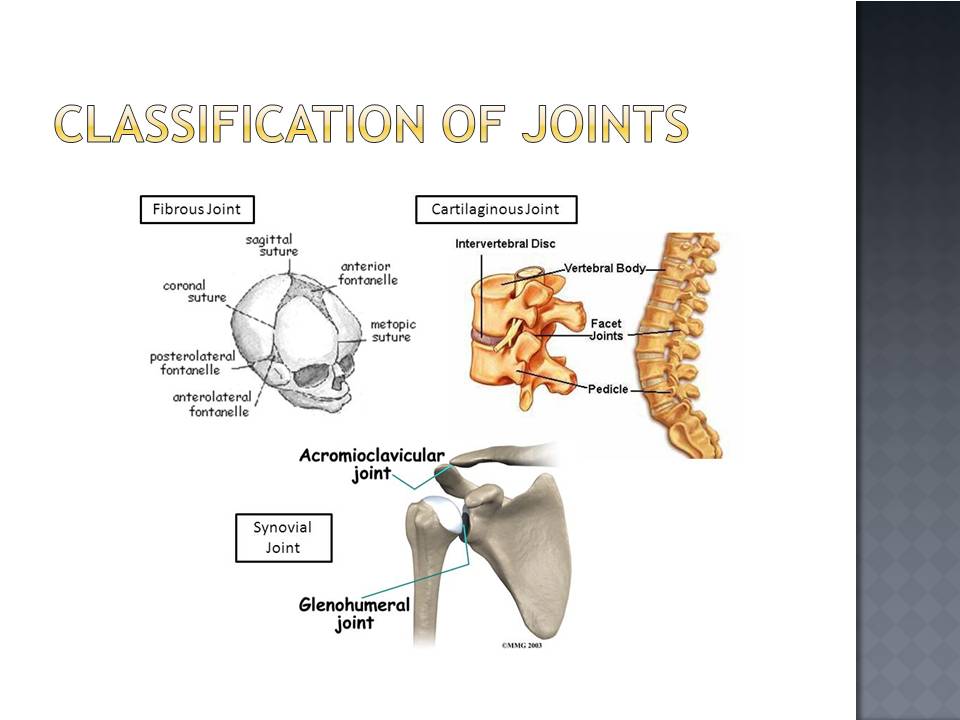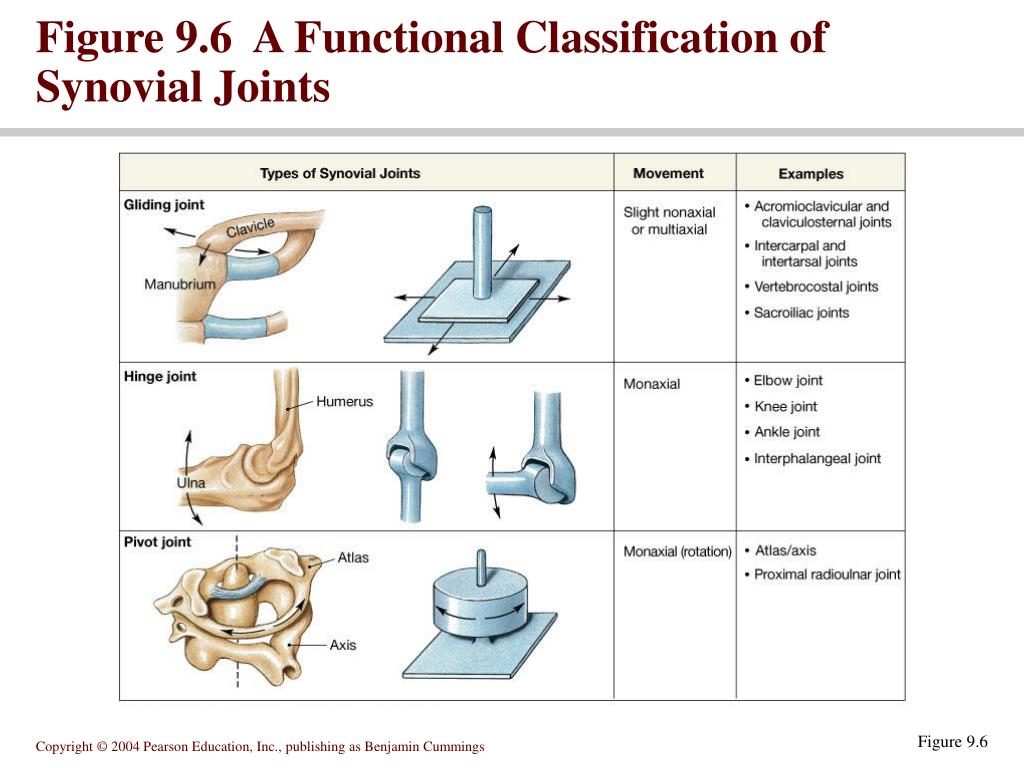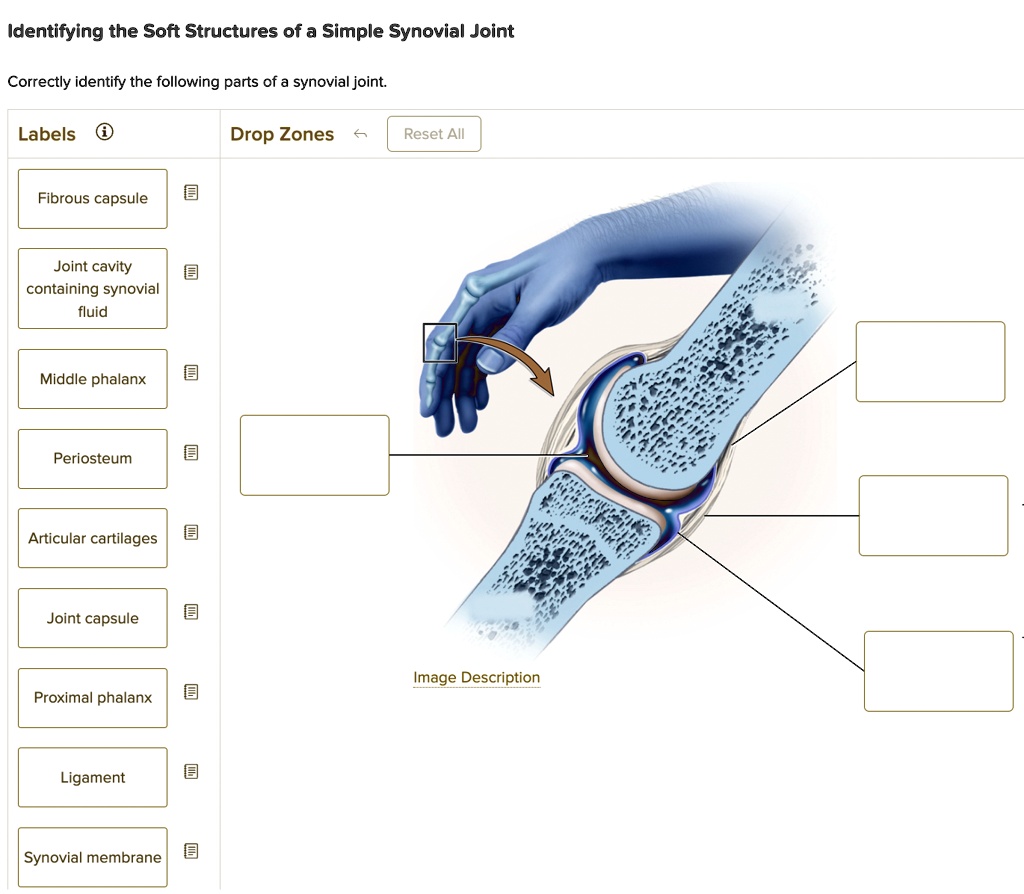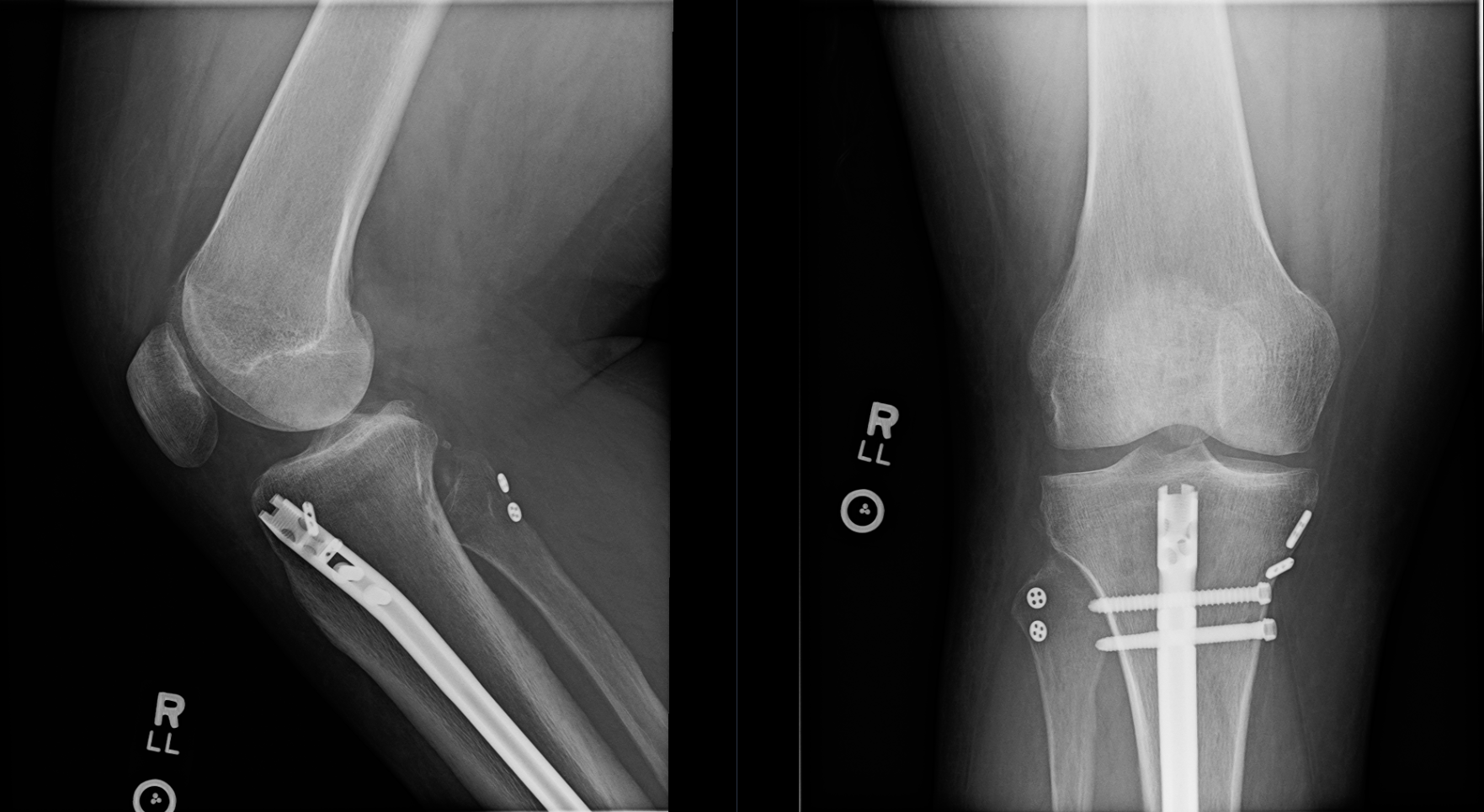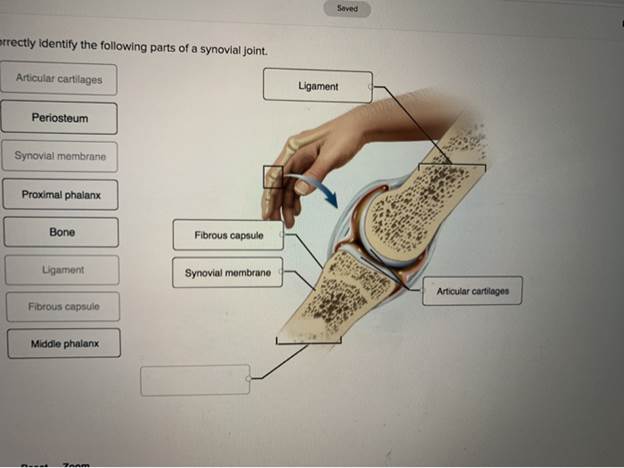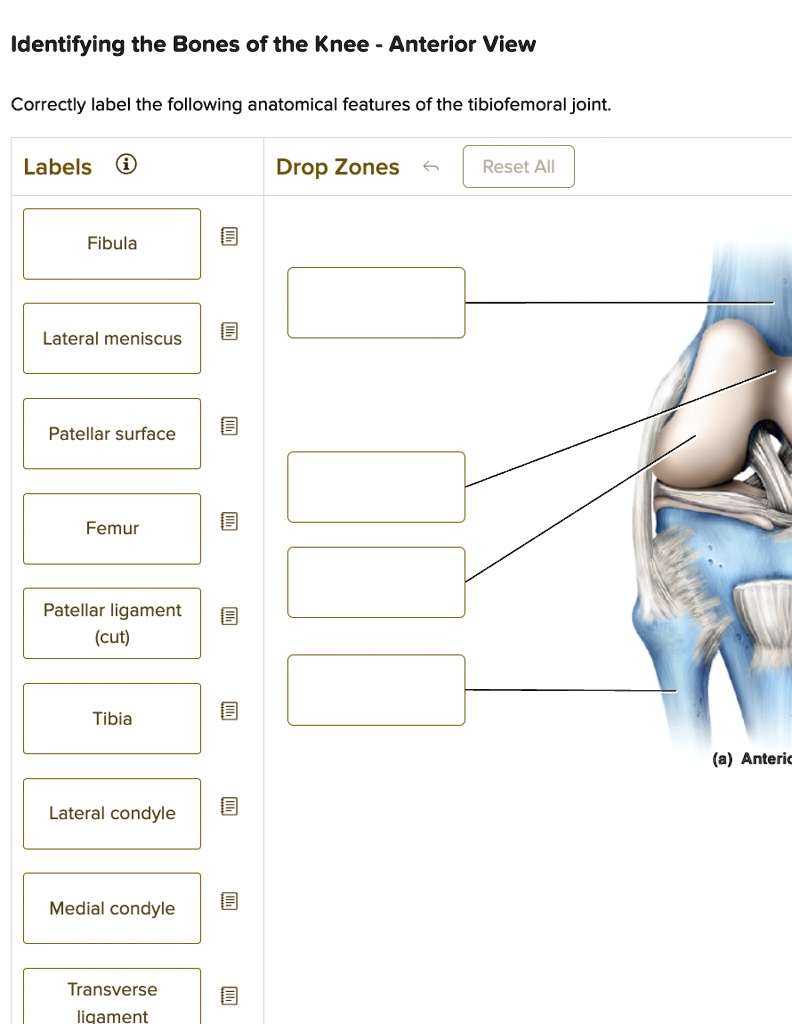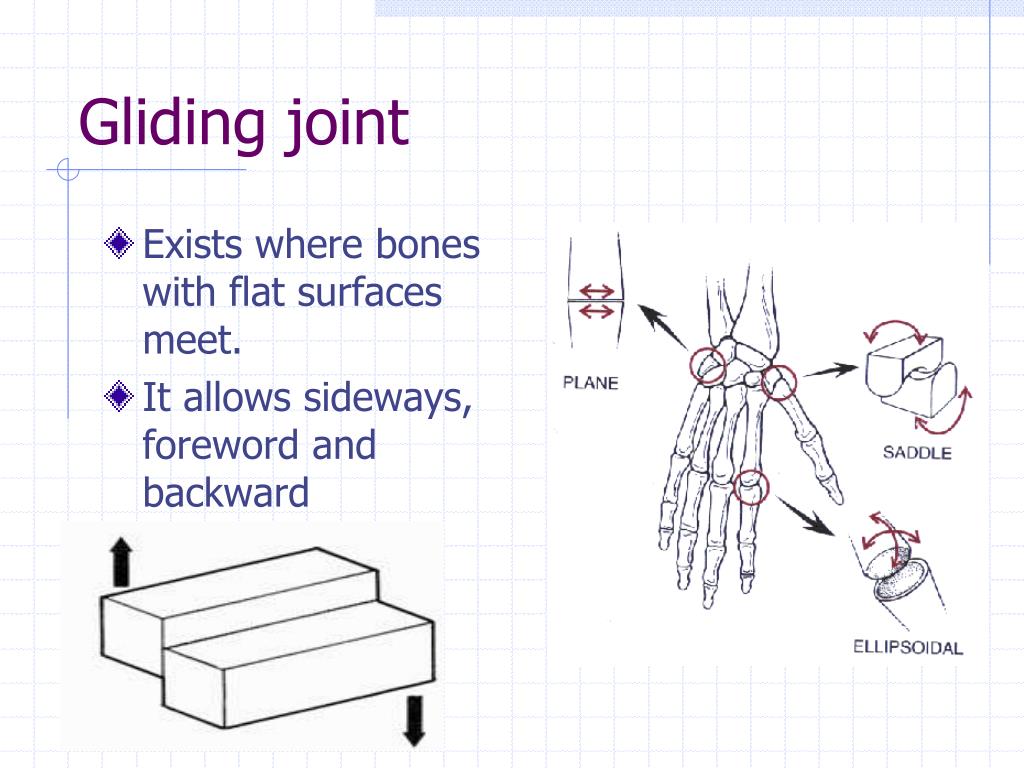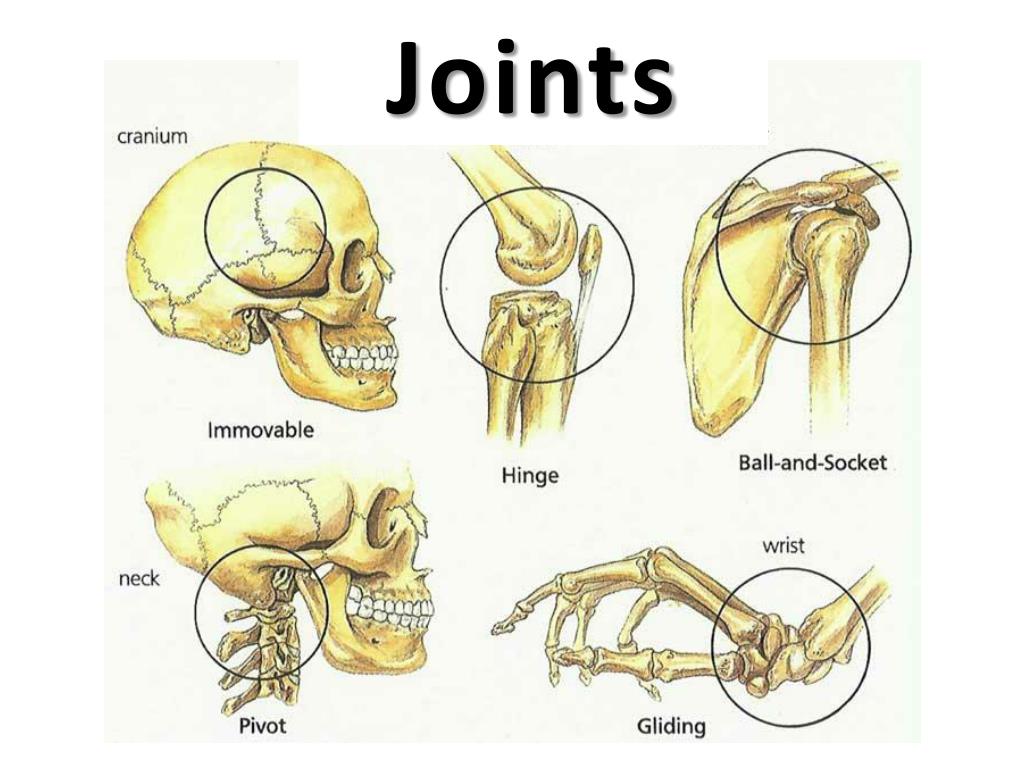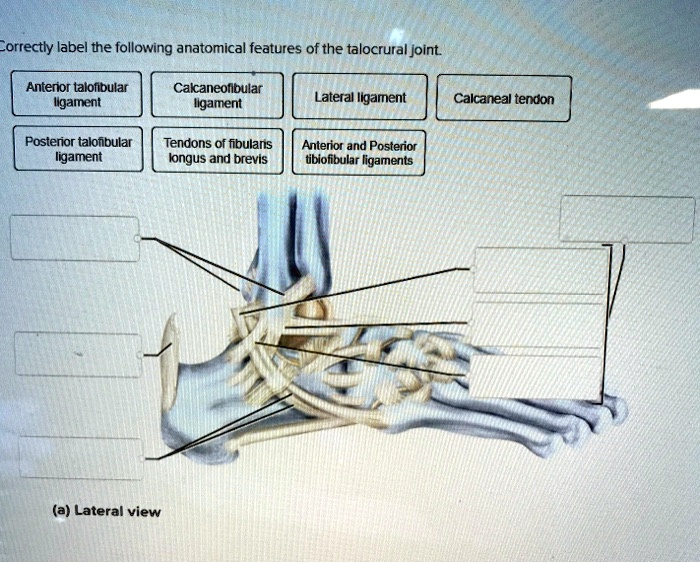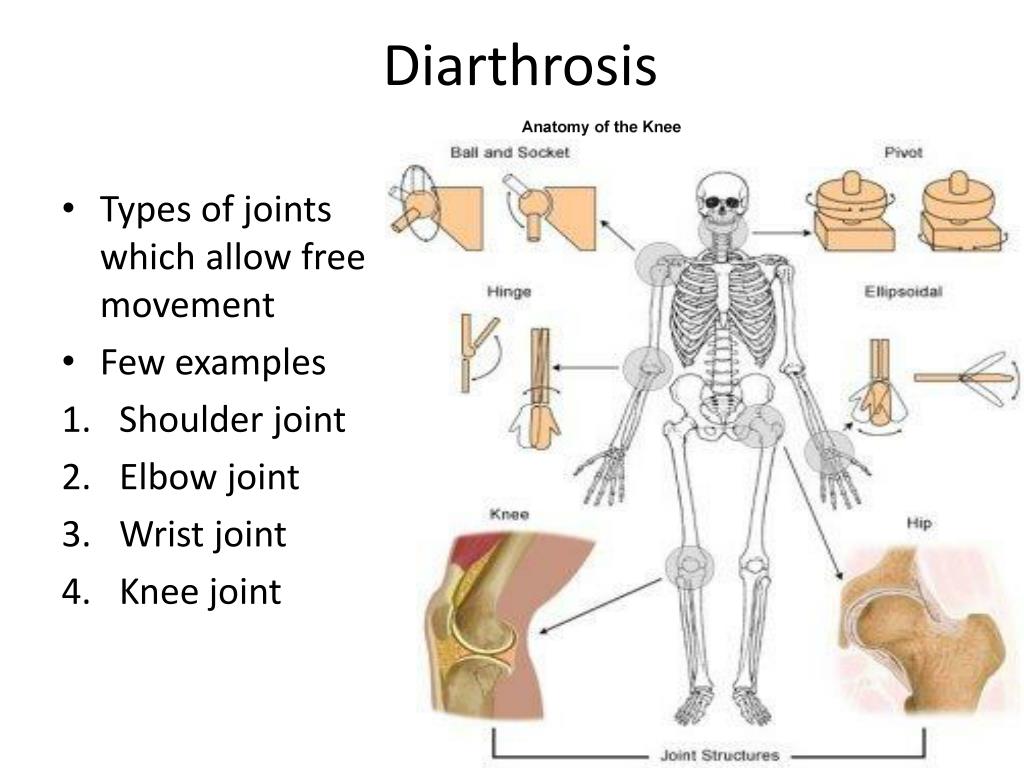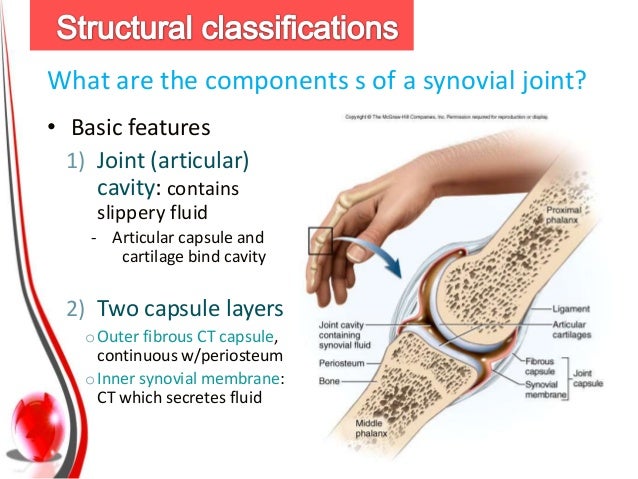Which Of The Following Refers To Fixation Of A Joint
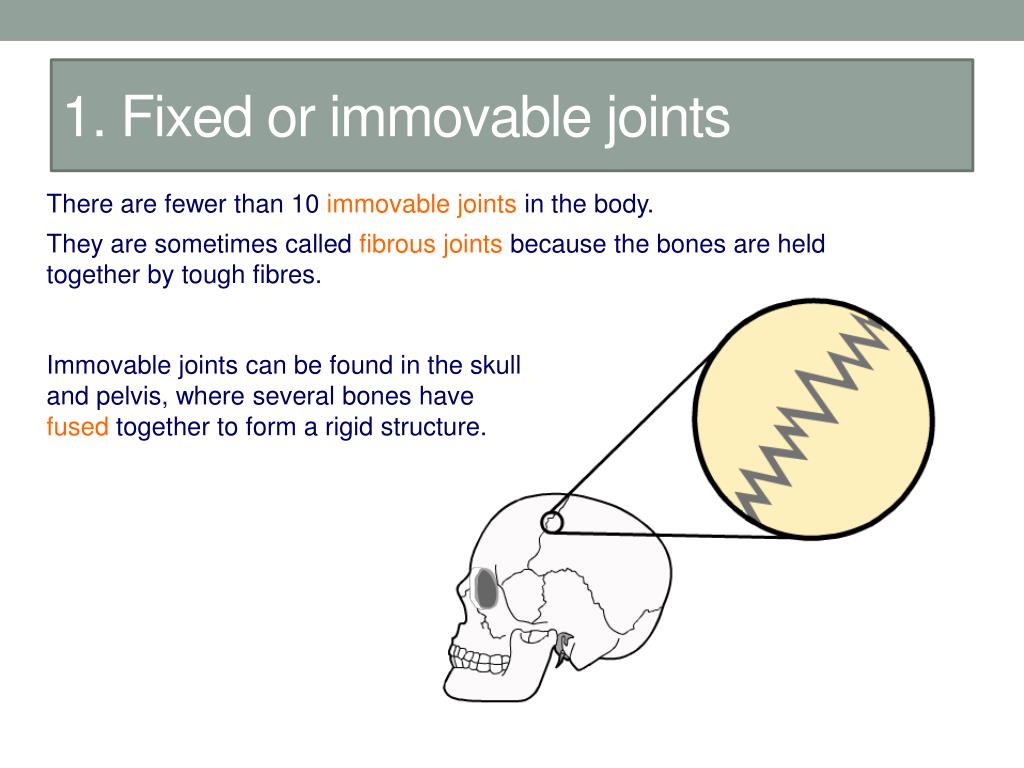
Imagine your knee, a marvel of biological engineering, capable of bending, straightening, and supporting your weight with each step. Now, envision that same knee suddenly seized, locked in place, refusing to cooperate. The simple act of walking becomes a painful ordeal, a constant reminder of the joint's newfound inflexibility. What medical term precisely describes this frustrating scenario, this unwelcome rigidity?
The term you're looking for is ankylosis. It refers to the stiffening or fixation of a joint, often resulting from injury, disease, or surgical procedures. This article will delve into the nature of ankylosis, exploring its causes, potential treatments, and the impact it can have on a person's life.
Understanding Ankylosis: A Deeper Dive
Ankylosis, derived from the Greek word "ankylos" meaning crooked, describes a condition where a joint loses its normal range of motion and becomes fixed. This fixation can be partial or complete, depending on the severity of the underlying cause. It's important to differentiate between ankylosis and other conditions that limit joint movement, such as contractures or stiffness caused by muscle imbalances.
True ankylosis involves the fusion of the joint surfaces themselves, either by bone or fibrous tissue. This fusion effectively eliminates the joint space, preventing any movement.
The Roots of Ankylosis: Common Causes
Several factors can contribute to the development of ankylosis. These range from traumatic injuries to chronic inflammatory conditions, each leaving its unique mark on the affected joint.
Trauma is a frequent culprit. Fractures that extend into a joint, especially if improperly healed, can disrupt the articular cartilage and trigger the fusion process. Dislocations, if left untreated or poorly managed, can also lead to ankylosis over time.
Infections within a joint, known as septic arthritis, can cause significant damage to the cartilage and bone, paving the way for ankylosis. Tuberculosis, while less common today, was historically a major cause of joint infections and subsequent ankylosis.
Autoimmune diseases such as rheumatoid arthritis and ankylosing spondylitis are notorious for causing inflammation and destruction of joint tissues. Over time, this chronic inflammation can lead to bony fusion and ankylosis.
Surgical procedures, while intended to improve joint function, can sometimes inadvertently cause ankylosis. For instance, prolonged immobilization after surgery or the presence of internal fixation devices can, in rare cases, contribute to joint stiffening.
Diagnosing Ankylosis: Unveiling the Condition
Diagnosing ankylosis typically involves a combination of physical examination, medical history review, and imaging studies. The doctor will assess the range of motion in the affected joint and inquire about any previous injuries, infections, or medical conditions.
X-rays are essential for visualizing the joint structures and identifying any bony fusion or irregularities. In some cases, more advanced imaging techniques such as MRI or CT scans may be necessary to evaluate the extent of soft tissue damage or cartilage degeneration.
Treatment Options: Restoring Mobility and Function
The treatment for ankylosis aims to alleviate pain, restore joint mobility, and improve overall function. The specific approach depends on the severity of the condition, the underlying cause, and the patient's individual needs.
Conservative measures such as physical therapy and pain medications may be helpful in managing symptoms and improving joint function in cases of partial ankylosis. Physical therapy can focus on strengthening the surrounding muscles, improving range of motion, and teaching adaptive strategies.
Surgical interventions are often necessary for severe cases of ankylosis where conservative measures have failed. Arthroscopic procedures can sometimes be used to remove adhesions or debris within the joint and improve mobility.
In cases of complete bony ankylosis, joint replacement surgery may be considered. This involves replacing the damaged joint with an artificial prosthesis, allowing for pain-free movement and improved function. Joint replacement carries its own risks and benefits, which should be carefully discussed with a qualified orthopedic surgeon.
Living with Ankylosis: Coping and Adaptation
Living with ankylosis can present significant challenges, impacting a person's ability to perform everyday activities and maintain their quality of life. The degree of impact varies depending on the affected joint and the extent of the ankylosis.
For example, ankylosis of the hip or knee can severely limit mobility, making it difficult to walk, climb stairs, or participate in recreational activities. Ankylosis of the spine can affect posture, balance, and breathing.
However, with appropriate treatment, adaptive strategies, and a strong support system, individuals with ankylosis can lead fulfilling lives. Assistive devices such as canes, walkers, or braces can provide support and improve mobility.
Occupational therapy can help individuals learn new ways to perform daily tasks and adapt their environment to their limitations. A positive attitude, perseverance, and a willingness to seek help are crucial for managing the challenges of living with ankylosis.
Looking Ahead: Research and Future Directions
Ongoing research is focused on developing new and improved treatments for ankylosis. Researchers are exploring novel therapies such as gene therapy and stem cell therapy to promote cartilage regeneration and prevent joint fusion.
Advances in imaging techniques are allowing for earlier and more accurate diagnosis of ankylosis, leading to more timely and effective interventions. The goal is to develop strategies to prevent ankylosis from occurring in the first place and to restore function in those who are already affected.
The journey with ankylosis can be a challenging one, but it's also a testament to the human body's remarkable capacity for resilience and adaptation. With continued research, advancements in treatment, and a focus on patient-centered care, the future holds promise for improving the lives of individuals living with this condition.

